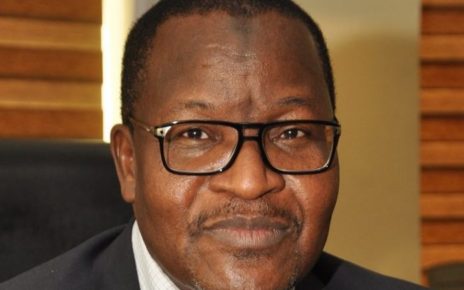Despite Federal Government’s efforts to block leakages in the nation’s public finance system and conserve funds for development, Nigeria’s external debt profile has continued to rise since 2015, indicating that most projects and programmes are being funded through borrowing.
A report by the Debt Management Office (DMO) showed that the nation’s external debt profile, which stood at $10.32 billion as at June 2015 had peaked at $22.08 billion as at the end of June this year.
This indicates that the foreign debts grew by $11.77 billion in the last three years, representing 114.5 percent growth.
A categorisation of the debt portfolio on source by source basis showed that multilateral debt accounted for $10.88 billion or 49.28 percent while commercial loans and others accounted for the balance
According to the DMO statistical figures, commercial foreign loans rose to $8.8 billion as of June 30 2018, up from $1.5 billion it stood as at June 2015. This reflects a 486.67 percent rise in commercial debts during the three year review period.
A further analysis of the multilateral organizations loans to the country indicated that the World Bank, with $8.47 billion facility, accounted for 38.36 percent of the country’s foreign debt while Nigeria is exposed to the African Development Bank (AfDB) to the tune of $1.32 billion debt and the African Development Fund, to the tune of $843.47 million..
Similarly, Nigeria’s exposure the International Fund for Agricultural Development (IFAD) is $159.44 million; the Islamic Development Bank, $16.92 million; the Arab Bank for Economic Development $5.88 million; and the EDF Energy (France) to the tune of $64.96 million indebtedness.
The DMO reported that Nigeria’s bilateral debts value stood at $2.39 billion or 10.87 percent of the external debt exposure with Export-Import Bank of China having a portfolio of $1.91 billion; ; the Japan International Cooperation Agency with a portfolio of $74.69 million; the Agence Francaise de Development with a portfolio of $274.98 million.
Also,Nigeria is exposed in debt to the tune of $4.76 million to the EXIM Bank of India while Germany (KFW) accounted for $132.24 million of the nation’s external debt profile as at the end of Q2, this year.
When compared with the external debts, the country’s total public debt has declined marginally due to efforts by the Office to rebalance the local/foreign debt ratio.
For instance, data provided by the DMO on the domestic debt profile showed that Federal Government’s debt declined from N12.59 trillion in December 2017 to N12.58 trillion in March this year and further down to N12.15 trillion as at the end of the Q2, 2018
According to the DMO, the declining trend in the FGN’s domestic debt stock is attributable partly to the redemption of N198 billion Nigerian Treasury Bills in December 2017 and another N639 billion between January and June 2018.
This is even as the Federal Government raised a total of $3 billion through Eurobonds to refinance maturing domestic debt in furtherance of the debt management strategy.
The strategy aims, amongst other fiscal options, substituting high cost domestic debt with lower cost external debt to reduce debt service costs for the government.
The DMO reported that the implementation of the Public Debt Management Strategy, whose primary objective is to ensure that Nigeria’s debt is sustainable, was already yielding positive results.



